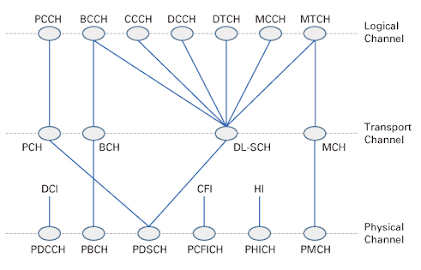5G Call Flow : Deregistration Procedure and PDU Session Establishment

For Part 1: https://tomar102003.blogspot.com/2022/10/5g-call-flow-registration-procedure.html As in part-1 we have already discussed Registration procedure . Now we will discuss Deregistration Procedure and PDU Session Establishment . So, First Start with Deregistration. We know that if UE(User Equipment) wants to use services of 5G then it have to first register it with the network through the registration procedure . But there is a time when UE don't want to take services, and wants to deregister from the network so it have to sends the request for deregistration or if a network want to kick out particular UE then, this procedure is also used in this case . ProDeveloperTutorial.com 1. As you can see in the above image that UE sends the deregistration request to AMF through RAN.Now AMF sends the request to the SMF for releasing any User related context or any PDU Session associated with this UE. 2. SMF sends the request to the UPF for releasing any ongoing PDU...





